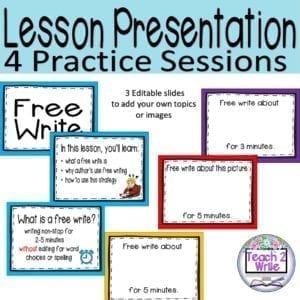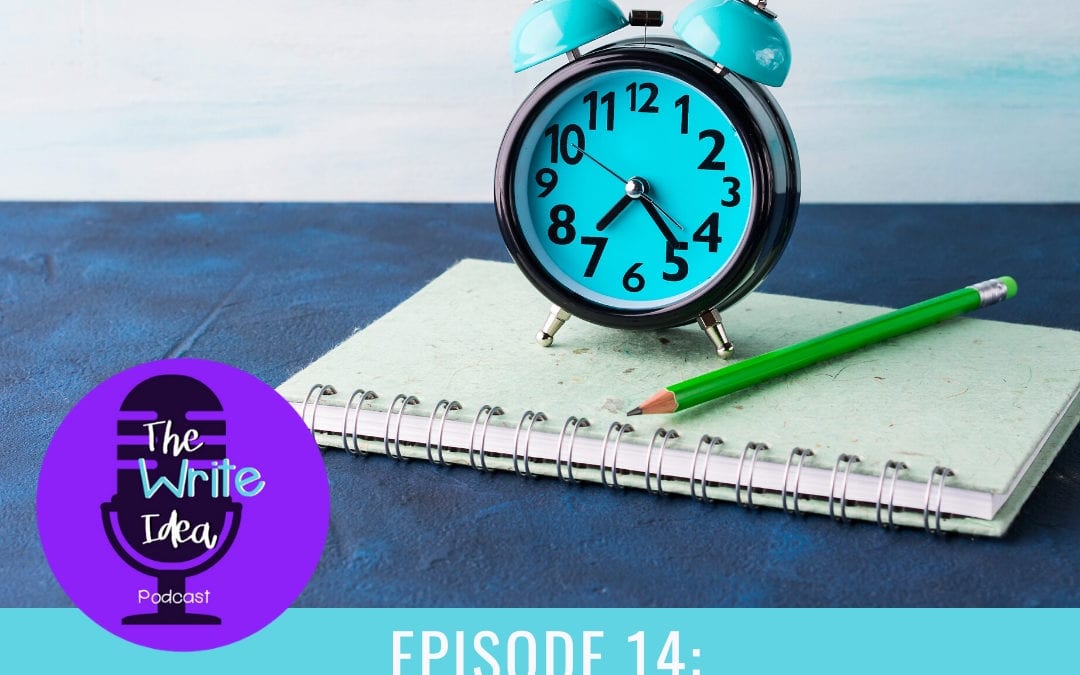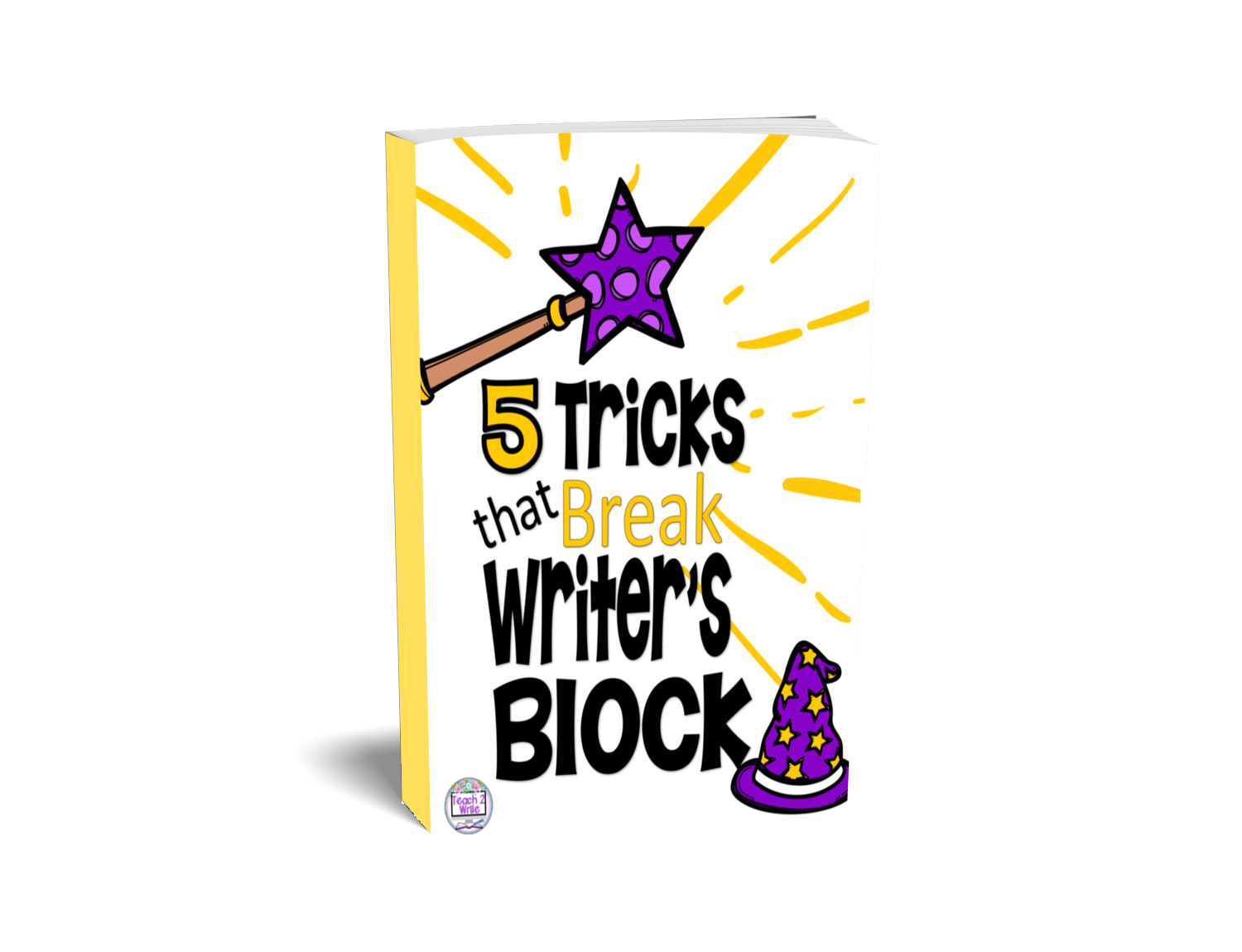If you’d rather listen to this blog post, click on the podcast player below:
Writing Sprint (free writing) defined.
Free writing is writing without thought about conventions, word choice, or rhetorical devices for a set period of time. A writing sprint is free writing as many words as you possibly can in a set period of time.
The first time I heard about free writing I heard about it from Peter Elbow, a professor of English Emeritus at the university of Massachusetts Amherst, who writes about theory, practice, and pedagogy and is one of the pioneers of the free writing writing strategy. Others have also contributed to this idea of writing fast without editing. One of my favorite YouTube authors, Chris Fox, takes writing sprints to the extreme with his Writing 5,000 Words Per Hour.
Why Writing Sprints (or Free writing)
Free writing is another strategy that helps break writer’s block. Writers constantly combat thoughts like, “this isn’t good enough” and “I don’t want others to judge me based on this.” If you can imagine, with middle schoolers, these negative ideas are magnified. Social acceptance is important to most human beings, but for middle schoolers, social acceptance is vital. Every social interaction they do is scrutinized by themselves and others.
Because writer’s block is such a mind game, writer’s need several strategies to break down those barriers to their imaginations and thoughts.
Free writing before getting on a computer to write allows students a way to put words together in sentence format before staring at the blank screen. They don’t agonize over how to start because they’ve already started a draft. Also, reassuring students that they are in first draft (free writing) mode, it helps them to allow their thoughts to flow.
How to Free write
Believe it or not free writing in spite of the term “free” actually has some rules or procedures to it.
- Give yourself a time limit of 5-30 minutes.
- Keep your pen moving in your journal or fingers flying across the keyboard.
- Don’t stop to think about the quality, just get all your ideas down as they come to you.
- If you run out of ideas or get off topic, write about those thoughts.
- When time is up, mark passages or ideas you want to explore further.
Free writing in the classroom
Here are 5 ways to use free writing (or writer’s sprints) in your classroom:
1. Activate prior knowledge.
Before a lesson, reading activity or watching a video, students free write for five minutes about the topic they will be learning about. I use this strategy all the time before students read something, like Fine? or Black Ships Before Troy.
This engages the information centers of the brain and helps students recall information they can then link to new information, allowing them to retain the new knowledge.
After the initial free write, allow students to share with a partner or group.
Next, take this one step further and have students choose one phrase or idea from their free writing and discussion to write for another five minutes. This builds up students writing skills as well as helps them to entrench their brain into the subject matter. Now, they are really engaged. You’ve warmed up your audience, who now wants to learn more.
2. Mind Map or List and then Sprint.
I often have students go through 2-3 different writing strategies during a mini-lesson before sending them to their computers for the day’s writing assignment. So, after a list of what they want to happen in a scene, a mind map of the sensory details of the place, my students sprint for 5 minutes, putting these ideas together as fast as they can, allowing their subconscious creativity out.
The next three ways use writer’s sprints for creative writing, but you could use these same writer’s sprints as a way to connect to reading, too.
3. Explore a fictional setting.
As a writer, students can free write about the setting from a story they are visualizing in their minds, or you can project an interesting image of a place for your students to describe.
As a reader, students could free write their ideas of the setting they’ve read about and analyze how this setting affects the plot or main character.
4. Jot down dialogue between characters.
Imagine 2 people talking or arguing about something. What are they talking about?
Sometimes, a dialogue between two characters becomes a writing sprint for me. I just want to capture the emotional intensity of the characters. Then, I go back and layer in body movements, thoughts, setting details and dialogue tags, if they’re needed. Students can do this, too. I’ve shown my students this technique, and they loved it.
Students can also imagine a conversation between two characters in a story or two historical figures. What if Dr. Martin Luther King, Jr. and Frederick Douglass had the chance to have a conversation? What would President Snow discuss with Peeta before the fire bombing of District 12?
4. Switch up the POV character.
Sometimes switching point of view helps the writer to see the antagonist’s motive beyond evil. Or sometimes switching point of view helps the writer to understand the main character’s best friend and their concerns for the well-being of the main character.
If reading, how would the story be different if told from another character’s point of view. What would a policeman from “The Tell-Tale Heart” think about as he watches and listens to the ravings of the old man’s murderous caretaker?
Ready to try out more writing strategies, like free writing?
If you’re interested in learning more about writing sprints and free writing, click here for the START WRITE NOW GUIDE. It’s filled with strategies for breaking through writer’s block and comes with a presentation you can use with your students.
If you’d like a classroom resource that is also great for distance or digital learning, click here:




Hey Writing Teachers! This is for You!
Transform your Writers!
5 Tricks that Break Writer’s Block Resources
Teaching writing doesn’t have to be complicated or take hours of grading. In fact, teaching students these 5 writing tricks, helps cut wasted time from late work, revision and grading!
These resources are my TOP FIVE writing strategies that I use with my students nearly every day throughout the school year. These strategies give my students and I the proven results of higher quality writing, less late work and less revision.


